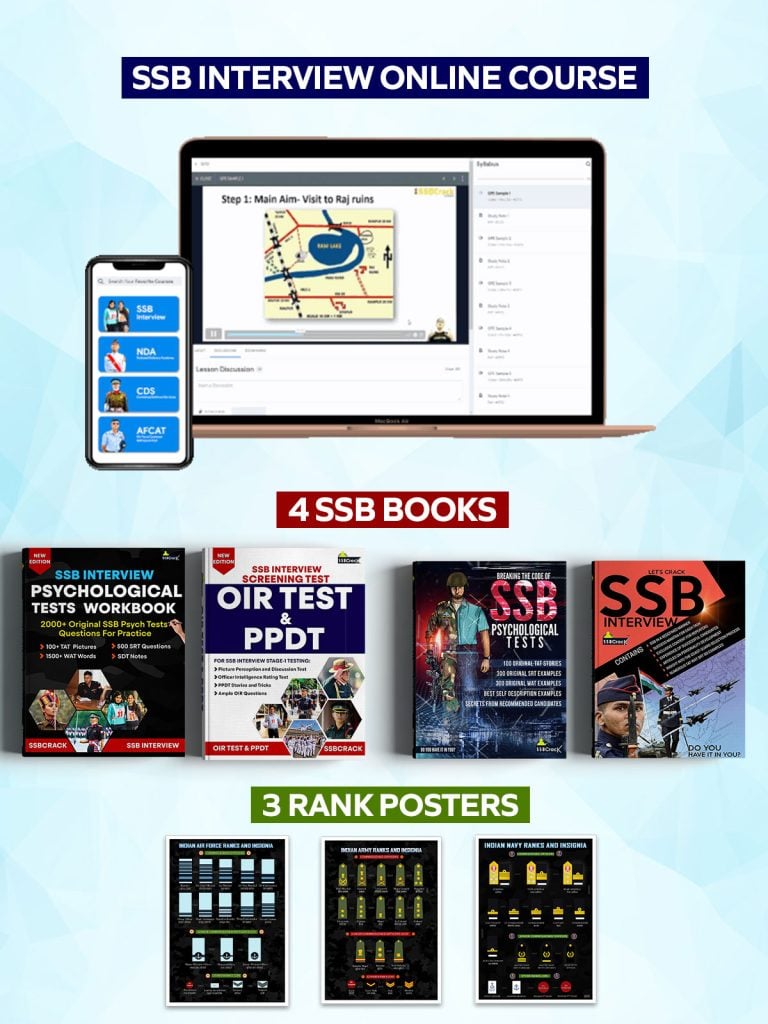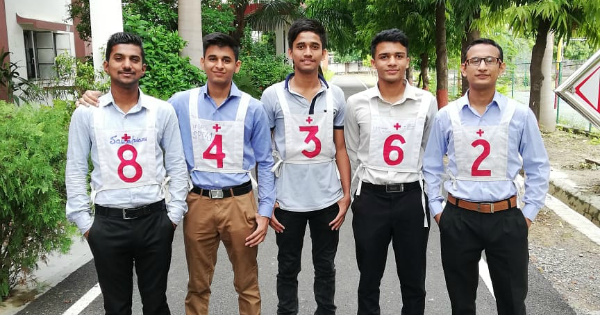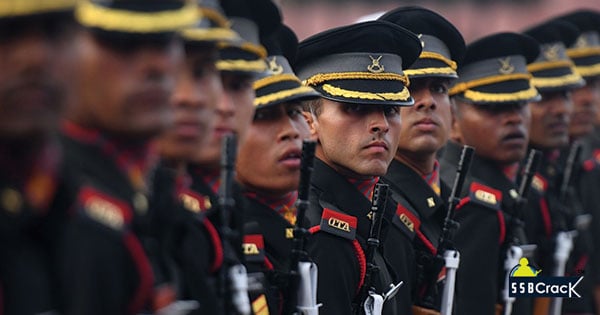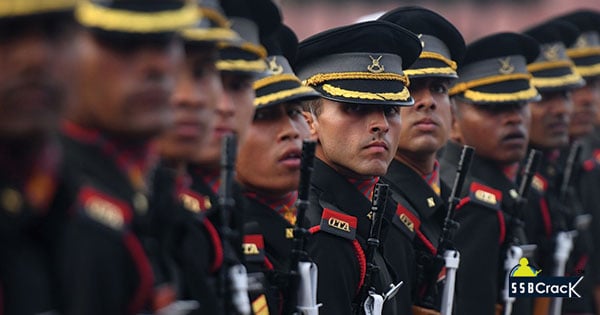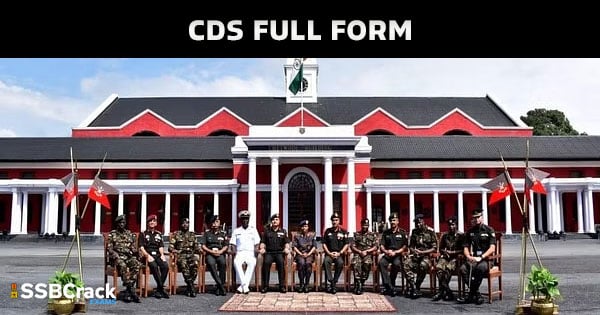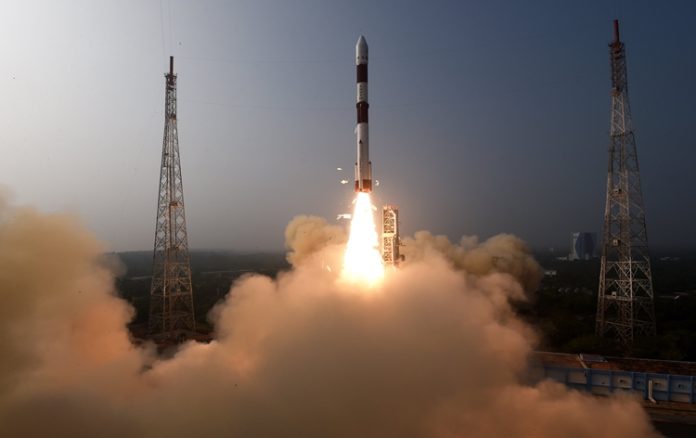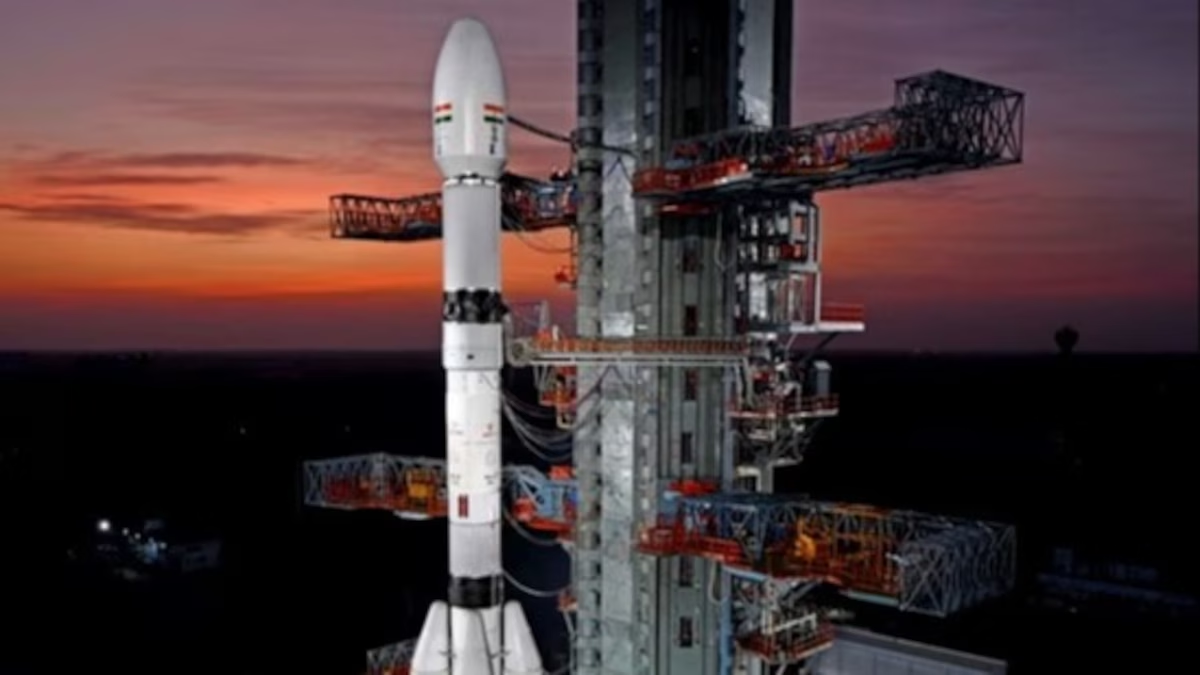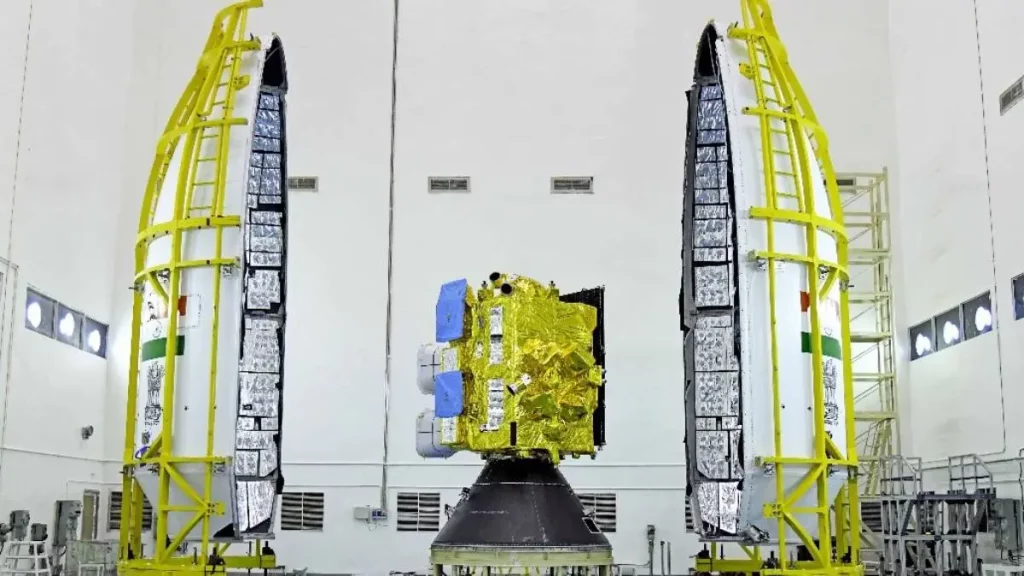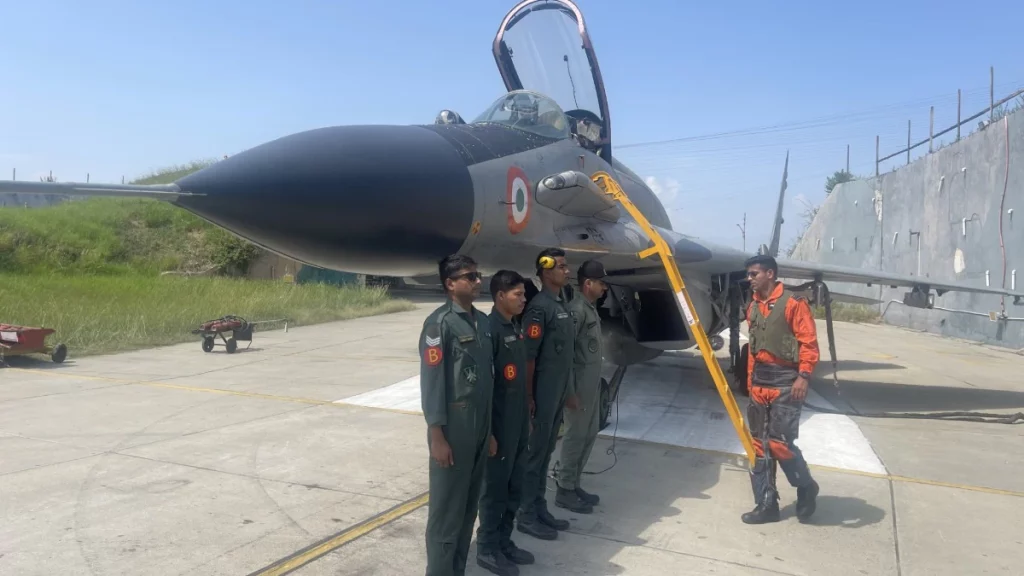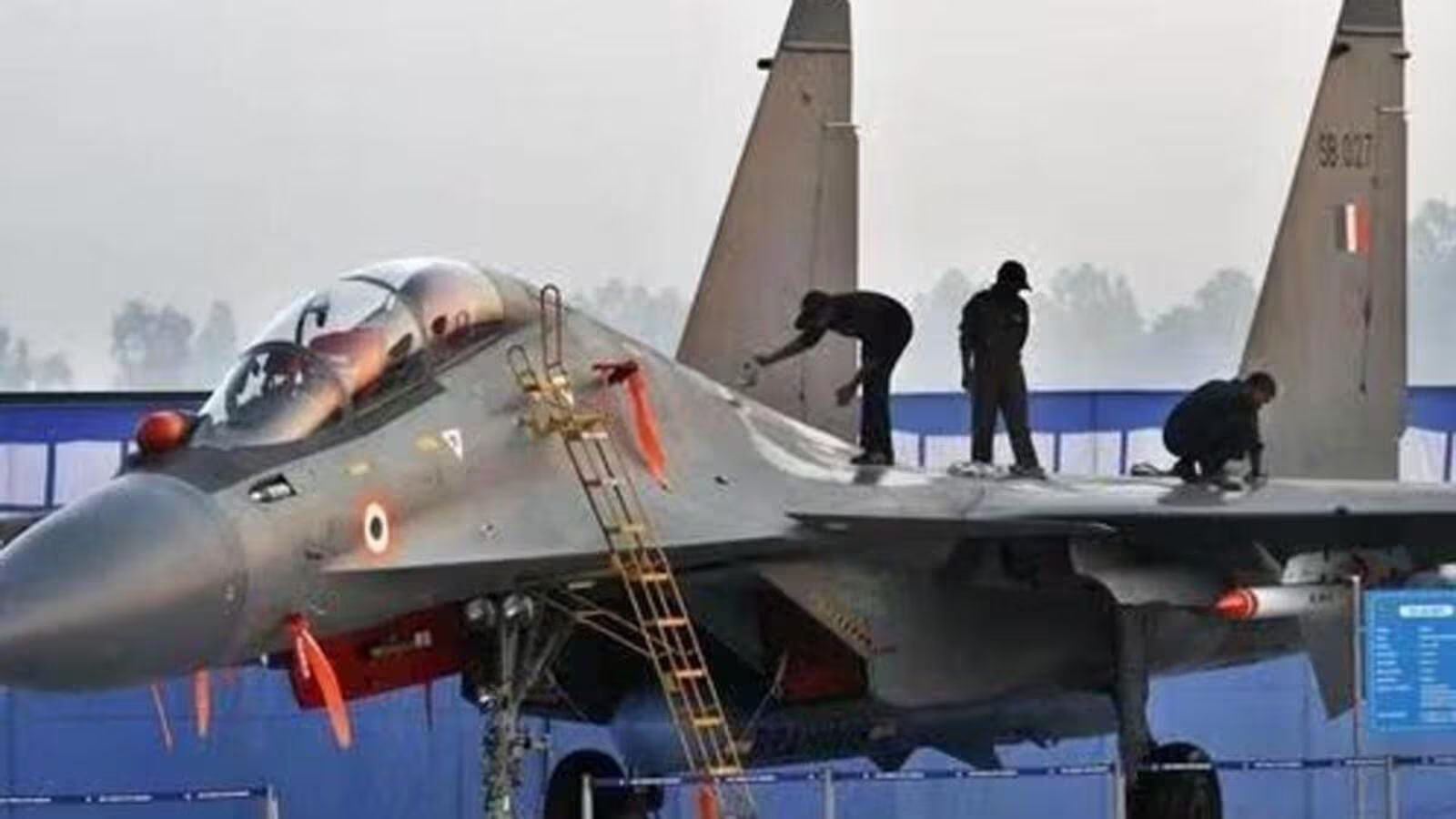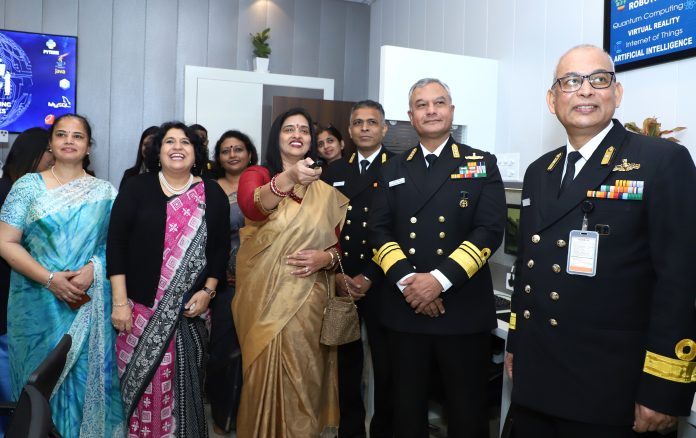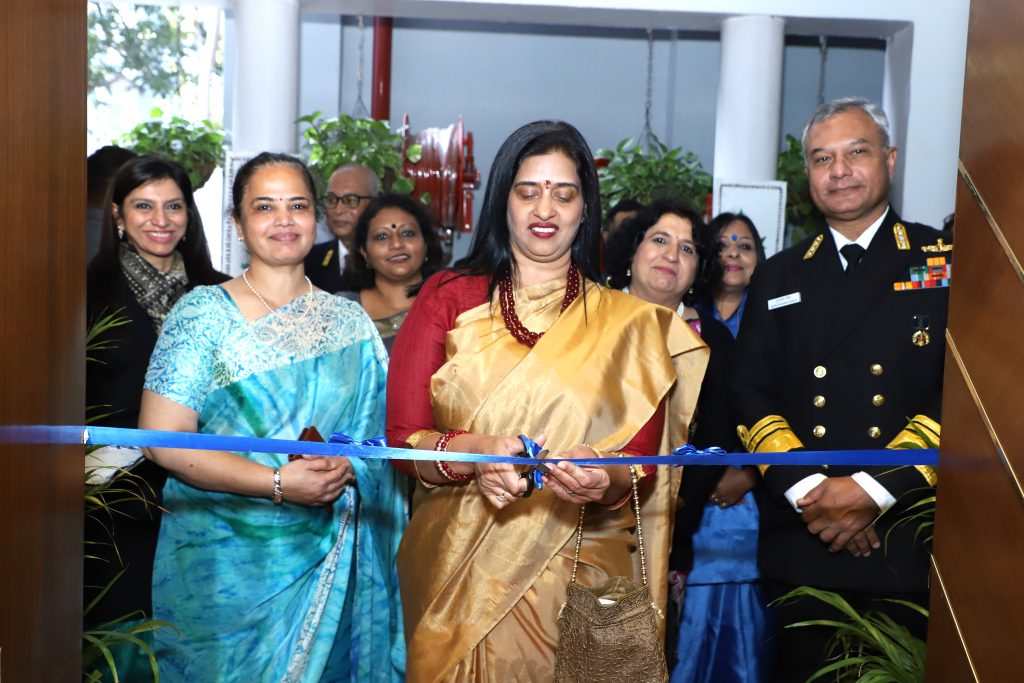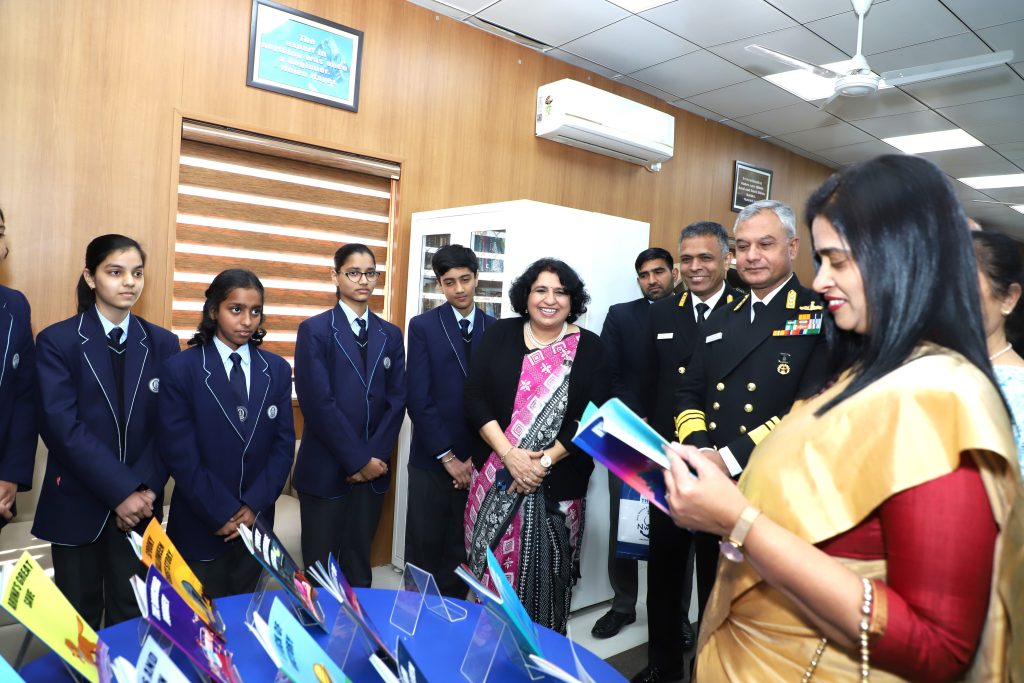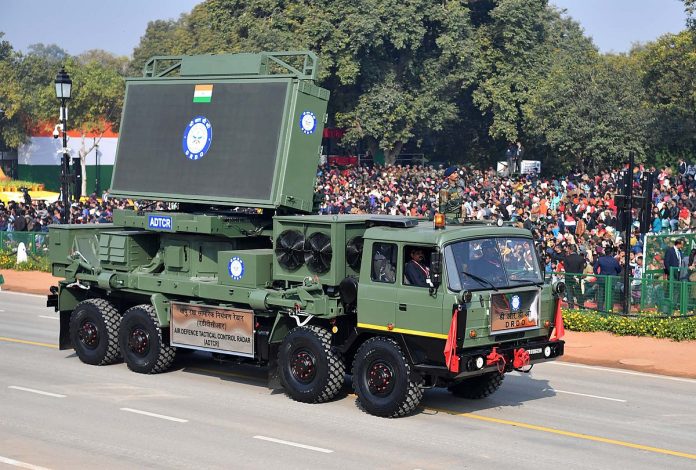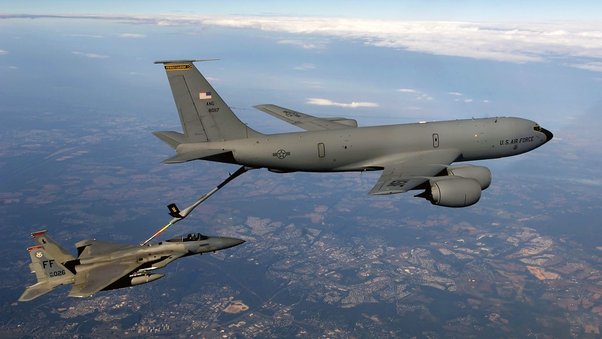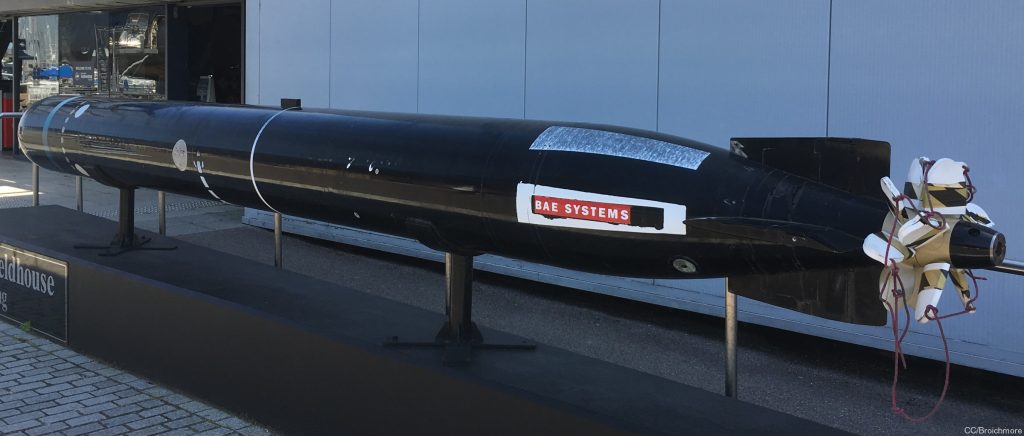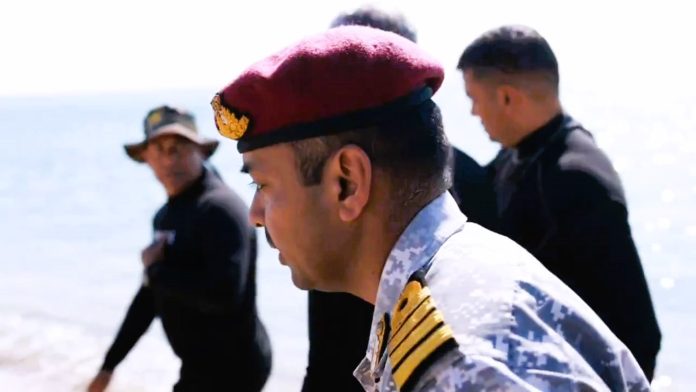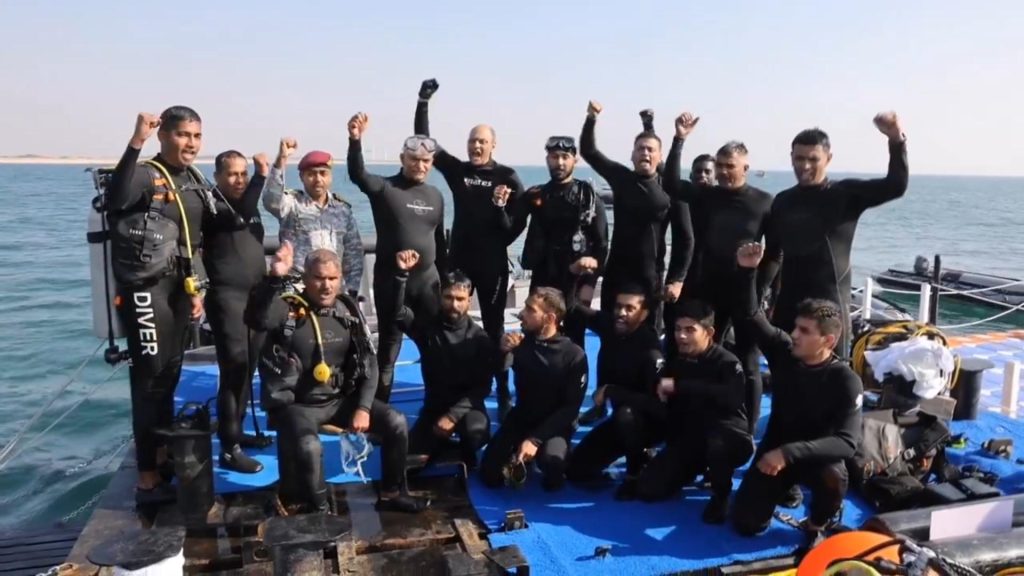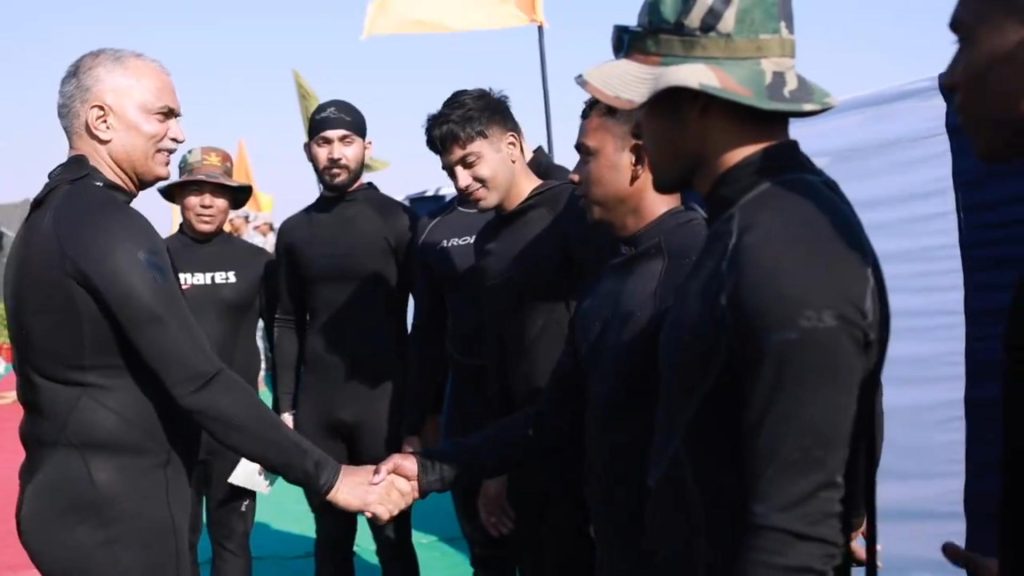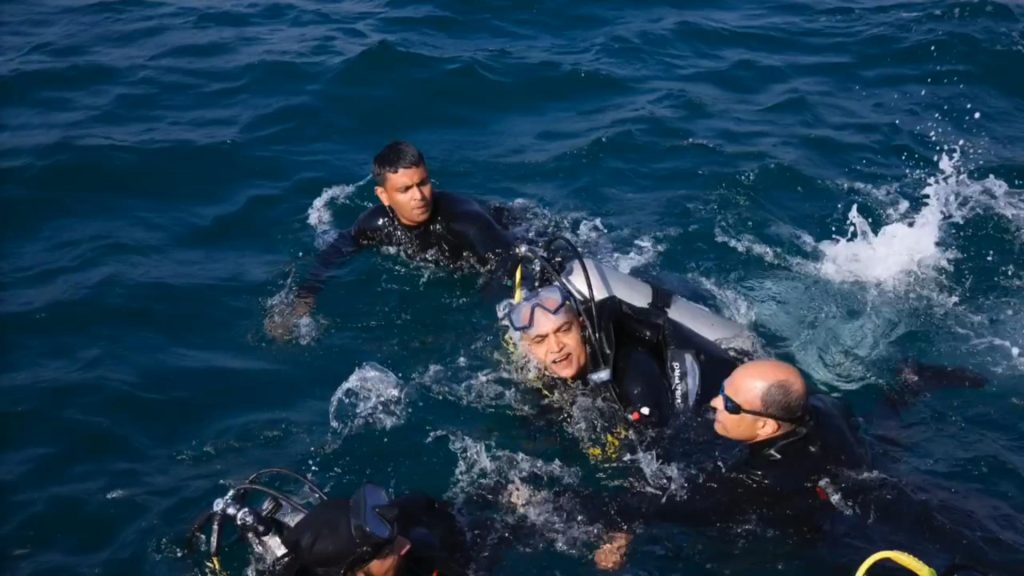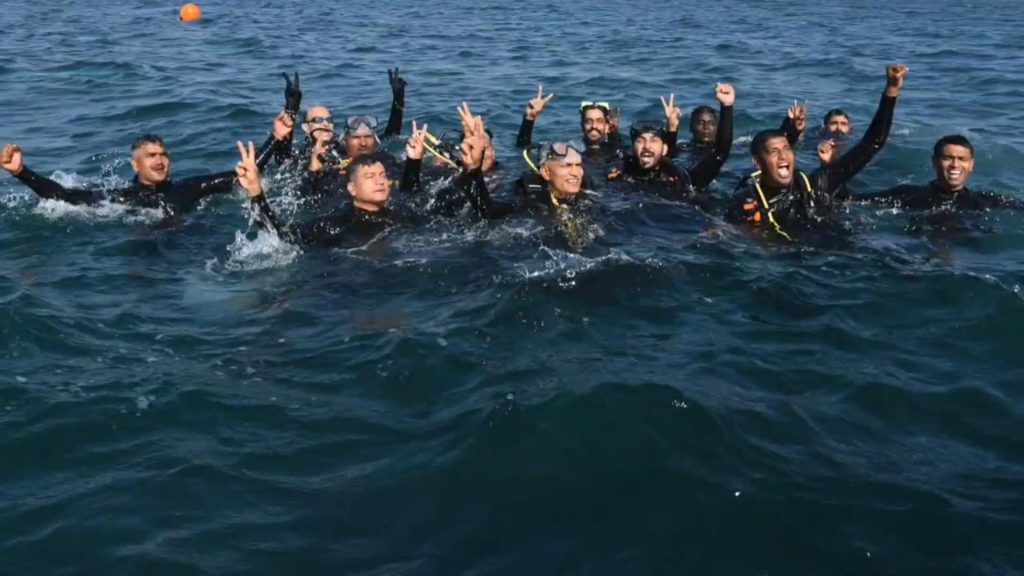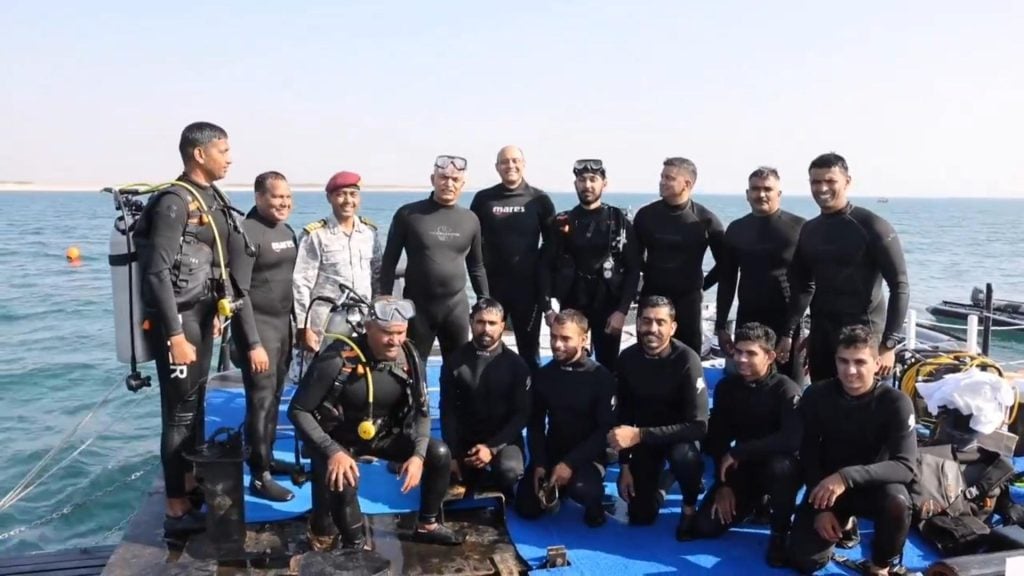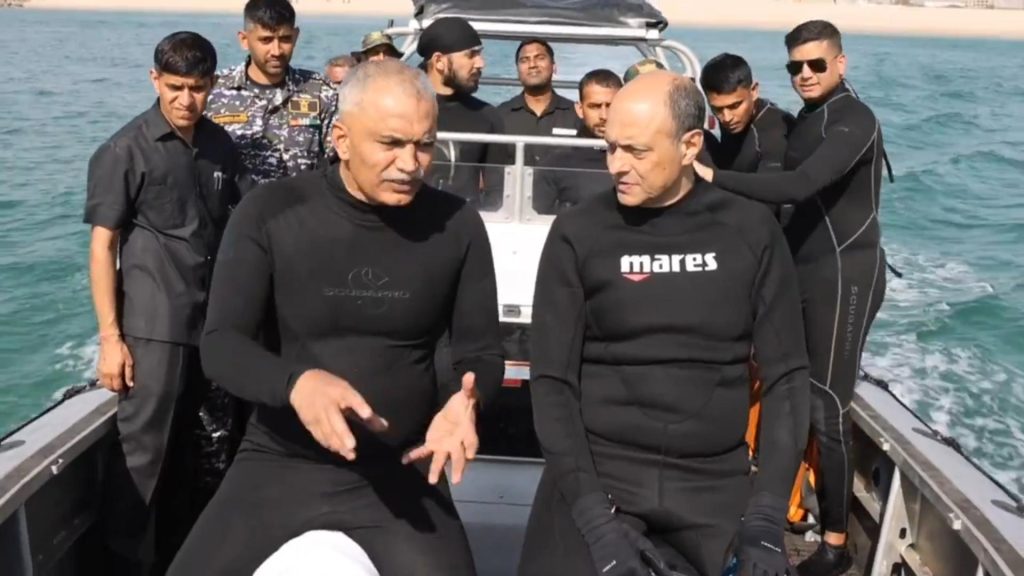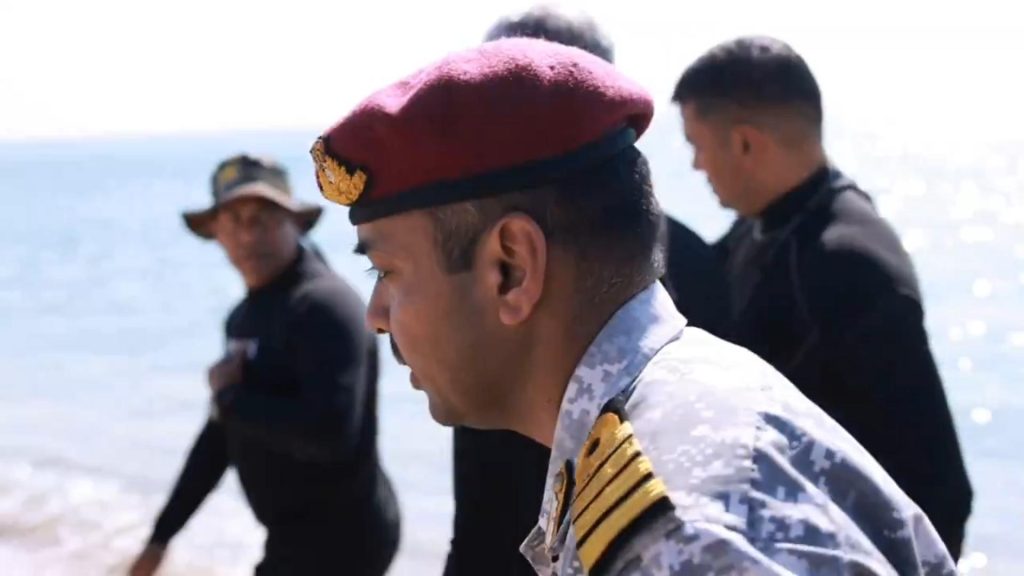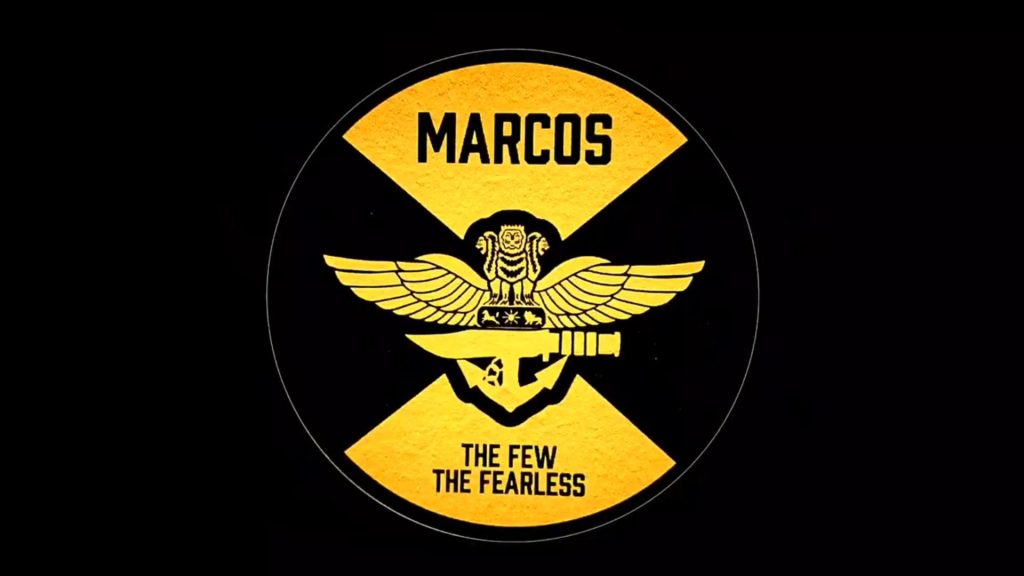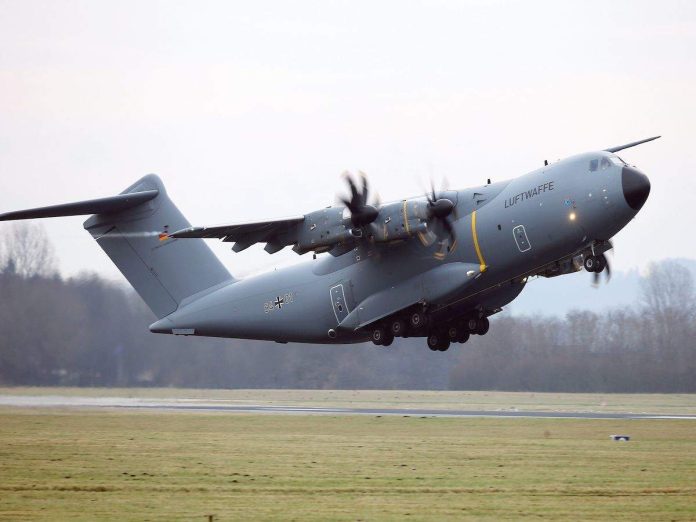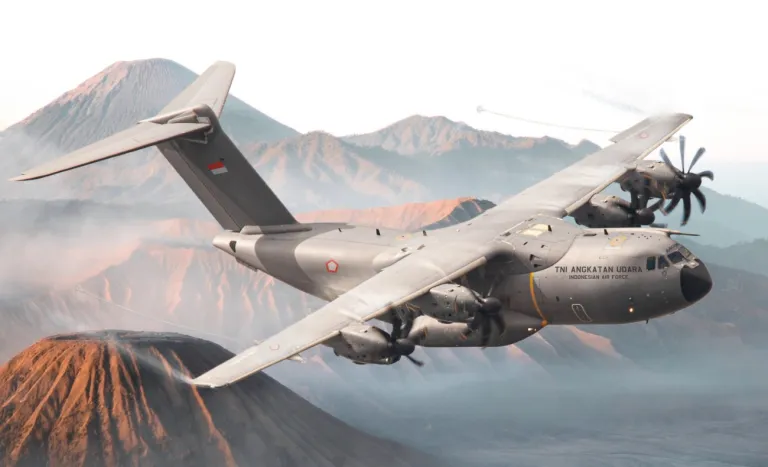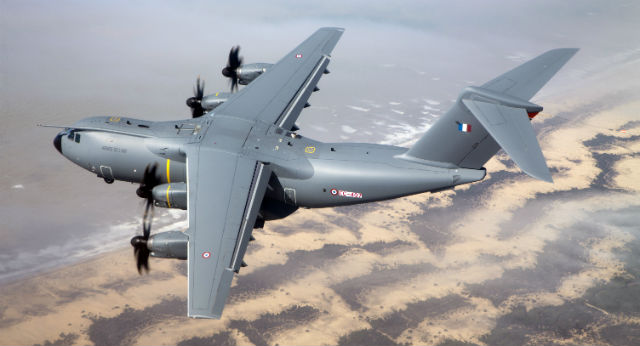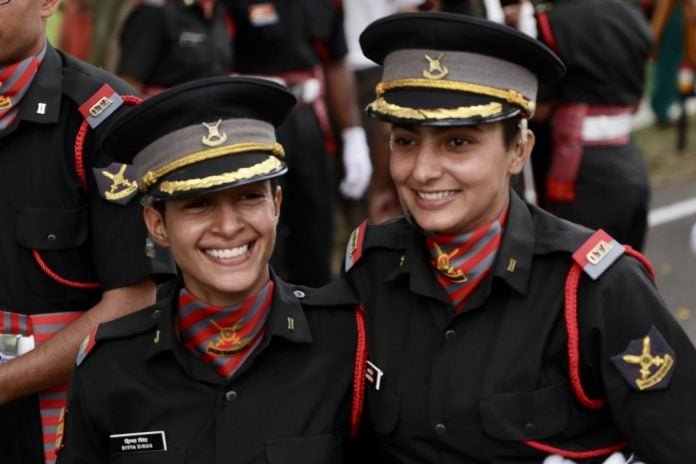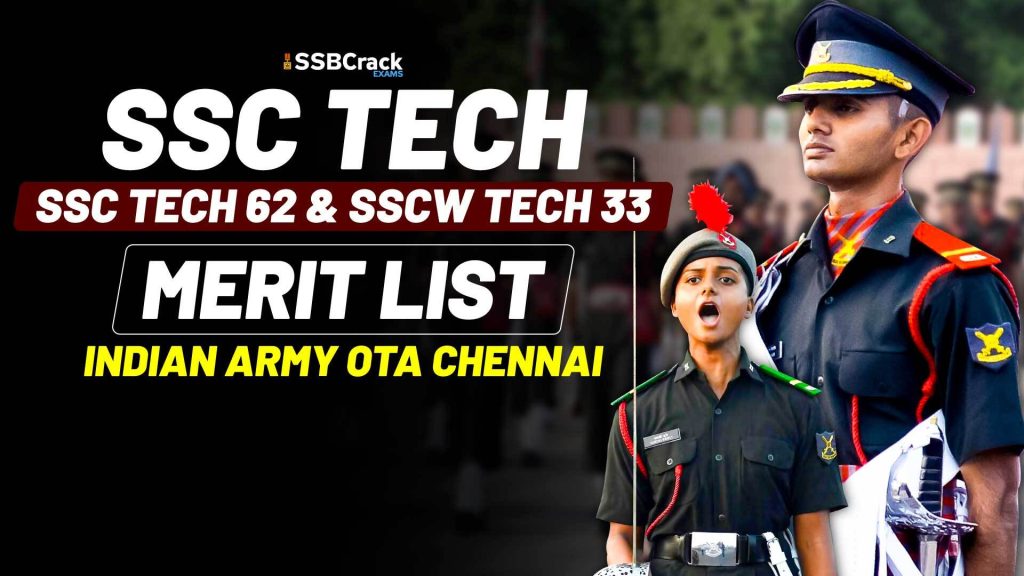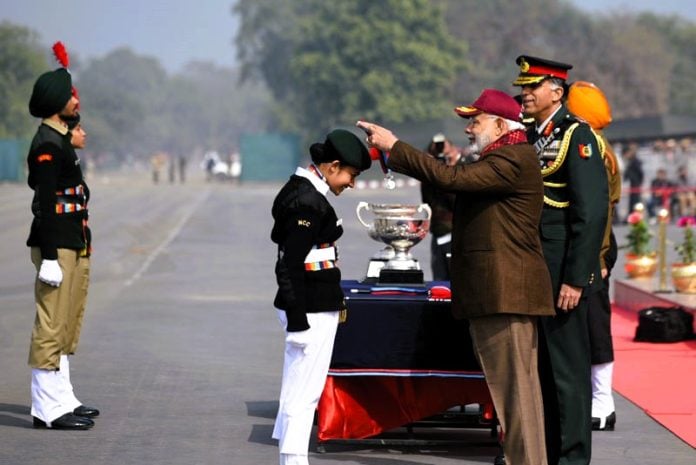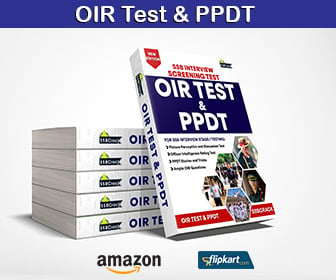The Services Selection Board (SSB) is a testing and evaluation agency of the Indian Armed Forces that evaluates potential candidates for officer-level positions in the Army, Navy, and Air Force. There are various ways to enter the SSB interview process, including direct entries. In this article, we will discuss all the direct entries for the SSB interview.
What is SSB Interview Direct Entry?
Direct SSB interview entries are a significant way to join the Indian Armed Forces as an officer. These entries provide an opportunity for candidates who have specialized skills or qualifications in specific areas to serve their country by becoming officers without going through the traditional route of National Defence Academy (NDA) or Combined Defence Services (CDS) examination. Direct SSB interview entries also allow candidates to pursue their interests and strengths while serving in the Indian Armed Forces.
Furthermore, direct SSB interview entries are an efficient way for the Indian Armed Forces to select candidates with the necessary skills and qualifications for specialized roles. These entries help the Armed Forces to fill the vacancies in various branches quickly, ensuring that the nation’s defence capabilities remain strong and effective.
Direct SSB interview entries also offer candidates a unique opportunity to serve their country and develop their skills as officers. The training programs for direct entries are designed to equip candidates with the necessary skills and knowledge required to serve in specialized roles. The training programs are also tailored to the individual needs of each entry, ensuring that candidates receive the best training possible.
Overall, direct SSB interview entries are significant in providing an efficient way to select candidates with specialized skills and qualifications for specialized roles in the Indian Armed Forces. These entries also offer candidates a unique opportunity to serve their country and develop their skills as officers.
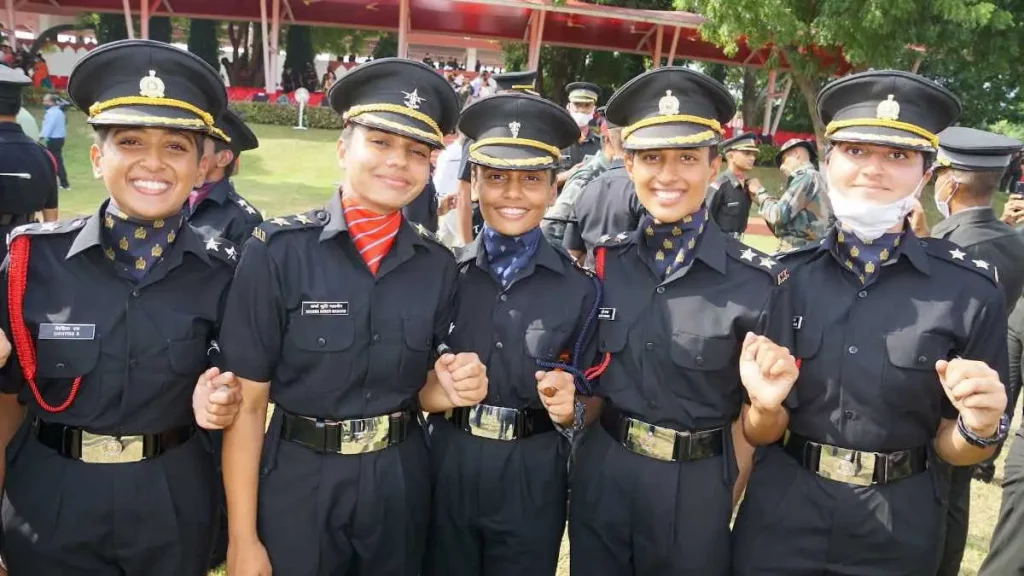
SSB Interview Direct Entries 2024
SSC Tech Entry for Engineering Graduates
- The Short Service Commission (SSC) Tech entry is a direct entry scheme for candidates who want to join the Indian Army as officers for a short term of service (usually 10 years) through Officer Training Academy (OTA) Chennai. The entry is also known as the SSC (Tech) Men and Women Entry Scheme. The scheme allows candidates from various engineering streams to apply for the Technical Branch of the Indian Army.
Eligibility Criteria: To be eligible for the SSC Tech entry, candidates must meet the following eligibility criteria:
- Nationality: Only Indian citizens can apply for the entry.
- Age: The age limit for SSC Tech entry is between 20 to 27 years.
- Educational Qualification: Candidates should have completed their engineering degree or be in the final year of their engineering course from a recognized university or institution. Candidates must have also scored a minimum of 55% aggregate marks in their engineering degree.
Selection Process: The selection process for the SSC Tech entry involves the following stages:
- Shortlisting of Candidates: Candidates who meet the eligibility criteria are shortlisted based on their engineering discipline and aggregate marks scored in their engineering degree.
- SSB Interview: The shortlisted candidates are then called for the SSB interview at the Selection Centers (Allahabad, Bhopal, Bangalore, and Kapurthala) for a five-day evaluation process. The SSB interview consists of two stages: Stage 1 and Stage 2. Stage 1 includes Officer Intelligence Rating (OIR) tests and Picture Perception & Description Test (PP&DT). Candidates who clear Stage 1 are eligible to appear for Stage 2, which includes Psychology tests, Group Testing Officer Tasks (GTO) and Personal Interview.
- Medical Examination: Candidates who successfully clear the SSB interview are then required to undergo a medical examination conducted by a board of Service Medical Officers (SMO).
- Merit List: Candidates who clear all the above stages and are found medically fit are included in the final merit list based on their performance in the SSB interview and engineering degree aggregate marks.
Training: Candidates who are selected through the SSC Tech entry undergo training at the OTA Chennai for 49 weeks. The training program is designed to develop the leadership, communication, and other essential skills required to become an officer in the Indian Army.
The SSC Tech entry is an excellent opportunity for candidates who want to join the Indian Army as officers in the Technical Branch. Candidates must prepare well for the SSB interview and meet the eligibility criteria to increase their chances of being selected. Upon selection, candidates will undergo training at OTA Chennai to develop the skills required to serve as an officer in the Indian Army.
TGC Entry – Technical Graduate Course for Engineering Graduates
The Technical Graduate Course (TGC) entry is a direct entry scheme for candidates who want to join the Indian Army as officers for a long term of service through the Indian Military Academy (IMA) in Dehradun. The TGC entry allows candidates from various engineering streams to apply for the Technical Branch of the Indian Army.
Eligibility Criteria: To be eligible for the TGC entry, candidates must meet the following eligibility criteria:
- Nationality: Only Indian citizens can apply for the entry.
- Age: The age limit for TGC entry is between 20 to 27 years.
- Educational Qualification: Candidates should have completed their engineering degree or be in the final year of their engineering course from a recognized university or institution. Candidates must have also scored a minimum of 60% aggregate marks in their engineering degree.
Selection Process: The selection process for the TGC entry involves the following stages:
- Shortlisting of Candidates: Candidates who meet the eligibility criteria are shortlisted based on their engineering discipline and aggregate marks scored in their engineering degree.
- SSB Interview: The shortlisted candidates are then called for the SSB interview at the Selection Centers (Allahabad, Bhopal, Bangalore, and Kapurthala) for a five-day evaluation process. The SSB interview consists of two stages: Stage 1 and Stage 2. Stage 1 includes Officer Intelligence Rating (OIR) tests and Picture Perception & Description Test (PP&DT). Candidates who clear Stage 1 are eligible to appear for Stage 2, which includes Psychology tests, Group Testing Officer Tasks (GTO) and Personal Interview.
- Medical Examination: Candidates who successfully clear the SSB interview are then required to undergo a medical examination conducted by a board of Service Medical Officers (SMO).
- Merit List: Candidates who clear all the above stages and are found medically fit are included in the final merit list based on their performance in the SSB interview and engineering degree aggregate marks.
Training: Candidates who are selected through the TGC entry undergo training at the Indian Military Academy in Dehradun for 49 weeks. The training program is designed to develop the leadership, communication, and other essential skills required to become an officer in the Indian Army.
The TGC entry is an excellent opportunity for candidates who want to join the Indian Army as officers in the Technical Branch. Candidates must prepare well for the SSB interview and meet the eligibility criteria to increase their chances of being selected. Upon selection, candidates will undergo training at the IMA in Dehradun to develop the skills required to serve as an officer in the Indian Army.

TES Entry – Technical Entry Scheme after 12th Class
The Technical Entry Scheme (TES) is a direct entry scheme for candidates who want to join the Indian Army as officers for a long term of service. The TES entry allows candidates from the science stream to apply for the Technical Branch of the Indian Army.
Eligibility Criteria: To be eligible for the TES entry, candidates must meet the following eligibility criteria:
- Nationality: Only Indian citizens can apply for the entry.
- Age: The age limit for TES entry is between 16½ to 19½ years.
- Educational Qualification: Candidates should have completed their 10+2 examination or be in the final year of their 10+2 course from a recognized board or institution. Candidates must have also scored a minimum of 70% aggregate marks in their Science stream subjects. JEE mains rank is also compulsory for the TES entry.

Selection Process: The selection process for the TES entry involves the following stages:
- Shortlisting of Candidates: Candidates who meet the eligibility criteria are shortlisted based on their Science stream aggregate marks in their 10+2 examination.
- SSB Interview: The shortlisted candidates are then called for the SSB interview at the Selection Centers (Allahabad, Bhopal, Bangalore, and Kapurthala) for a five-day evaluation process. The SSB interview consists of two stages: Stage 1 and Stage 2. Stage 1 includes Officer Intelligence Rating (OIR) tests and Picture Perception & Description Test (PP&DT). Candidates who clear Stage 1 are eligible to appear for Stage 2, which includes Psychology tests, Group Testing Officer Tasks (GTO) and Personal Interview.
- Medical Examination: Candidates who successfully clear the SSB interview are then required to undergo a medical examination conducted by a board of Service Medical Officers (SMO).
- Merit List: Candidates who clear all the above stages and are found medically fit are included in the final merit list based on their performance in the SSB interview and 10+2 aggregate marks.
Training: Candidates who are selected through the TES entry undergo training at the OTA Gaya and then MCEME, CME, MCTE for 5 years. The training program is designed to develop the leadership, communication, and other essential skills required to become an officer in the Indian Army.
The TES entry is an excellent opportunity for candidates who want to join the Indian Army as officers in the Technical Branch. Candidates must prepare well for the SSB interview and meet the eligibility criteria to increase their chances of being selected. Upon selection, candidates will undergo training at OTA Gaya and then MCEME, CME, MCTE for 5 years to develop the skills required to serve as an officer in the Indian Army.
NCC Special Entry for NCC Cadets
The National Cadet Corps (NCC) is a youth organization in India that aims to develop character, leadership, discipline, and a spirit of service among young men and women. The NCC also provides an opportunity for young people to serve their country by joining the Indian Armed Forces. One of the ways in which NCC cadets can join the Indian Army is through the NCC Special Entry Scheme for Short Service Commission (SSC) in the Officer Training Academy (OTA) in Chennai.
Eligibility Criteria: To be eligible for the NCC entry, candidates must meet the following eligibility criteria:
- Nationality: Only Indian citizens can apply for the entry.
- Age: The age limit for NCC entry is between 19 to 25 years.
- Educational Qualification: Candidates should have completed their graduation in any discipline from a recognized university with a minimum aggregate of 50% marks. NCC ‘C’ Certificate holders with a minimum ‘B’ Grade are eligible for relaxation in the aggregate percentage of marks.
Selection Process: The selection process for the NCC entry involves the following stages:
- Shortlisting of Candidates: Candidates who meet the eligibility criteria are shortlisted based on their graduation aggregate marks.
- SSB Interview: The shortlisted candidates are then called for the SSB interview at the Selection Centers (Allahabad, Bhopal, Bangalore, and Kapurthala) for a five-day evaluation process. The SSB interview consists of two stages: Stage 1 and Stage 2. Stage 1 includes Officer Intelligence Rating (OIR) tests and Picture Perception & Description Test (PP&DT). Candidates who clear Stage 1 are eligible to appear for Stage 2, which includes Psychology tests, Group Testing Officer Tasks (GTO) and Personal Interview.
- Medical Examination: Candidates who successfully clear the SSB interview are then required to undergo a medical examination conducted by a board of Service Medical Officers (SMO).
- Merit List: Candidates who clear all the above stages and are found medically fit are included in the final merit list based on their performance in the SSB interview and graduation aggregate marks.
Training: Candidates who are selected through the NCC entry undergo training at the OTA in Chennai for 49 weeks. The training program is designed to develop the leadership, communication, and other essential skills required to become an officer in the Indian Army.
The NCC entry is an excellent opportunity for young people to serve their country by joining the Indian Army as officers through the Special Entry Scheme for SSC in the OTA in Chennai. Candidates must prepare well for the SSB interview and meet the eligibility criteria to increase their chances of being selected. Upon selection, candidates will undergo training at the OTA in Chennai to develop the skills required to serve as an officer in the Indian Army.
JAG Entry for Indian Army
JAG Entry in the Indian Army refers to the Judge Advocate General’s (JAG) branch, which is essentially the legal arm of the Indian Army. It provides legal help to the army at all levels of hierarchy. Lawyers who wish to serve in the Indian Army can join the JAG Branch.
There are certain criteria and processes for JAG Entry:
- Age Limit: As of my knowledge cutoff in 2021, the age limit to apply for JAG Entry was between 21 to 27 years.
- Educational Qualification: The candidate should have a minimum of 55% aggregate marks in LLB Degree (three years professional after graduation or five years after 10+2 examination). The candidate should be eligible for registration with the Bar Council of India/State.
- Gender: Both men and women are eligible to apply for JAG entry.
- Selection Process: The selection process involves the following stages:
- Shortlisting of Applications: Based on the qualification and meeting the eligibility criteria, applications are shortlisted.
- SSB Interview: Shortlisted candidates will be called for a Service Selection Board (SSB) interview. The interview process lasts for about 5 days.
- Medical Examination: After clearing the SSB Interview, candidates have to undergo a Medical Examination.
- Merit List: Based on the performance in the SSB interview and the Medical Examination, a final merit list is prepared. Those who are high on the merit list are selected depending on the number of vacancies.
- Training: Candidates selected will undergo training at the Indian Military Academy (IMA), Dehradun.
Indian Navy 10+2 Cadet Entry Scheme
The 10+2 Cadet (B.Tech) Entry Scheme is an opportunity provided by the Indian Navy for candidates who have passed their 10+2 examination with high marks in physics, chemistry, and mathematics to join the Indian Navy as officers.
- Eligibility: Candidates should be unmarried male students who have completed their 10+2 education with at least 70% marks in Physics, Chemistry, and Mathematics and at least 50% marks in English (either in Class X or Class XII).
- Age Limit: The candidates should be between 16.5 and 19 years of age.
- Selection Process: The selection process usually consists of the following steps:
- Shortlisting of Applications: Shortlisting for Service Selection Board (SSB) interview is based on the candidate’s performance in the 10+2 examination.
- SSB Interview: The SSB interview lasts for approximately 5 days and includes psychological testing, group testing, and an interview.
- Medical Examination: Candidates who pass the SSB interview undergo a medical examination.
- Merit List: A merit list is created based on the results of the SSB interviews and medical examinations. Candidates who are higher in the merit list are selected based on the number of vacancies.
- Training: The training is scheduled in two stages. The first stage is the pre-commission training at the Indian Naval Academy (INA), Ezhimala, Kerala, for a period of 4 years. On completion, the candidates are awarded a B. Tech degree. The second stage is the post-commission training specific to the candidate’s allotted branch/cadre/specialization.
In conclusion, the SSB interview is a rigorous evaluation process that selects candidates for various direct entries in the Indian Armed Forces. Each direct entry has its own eligibility criteria, selection process, and training program. It is important for candidates to carefully evaluate their strengths and interests before deciding on the direct entry they wish to pursue. Candidates must also prepare thoroughly for the SSB interview to increase their chances of being selected. With dedication and hard work, candidates can fulfill their dream of serving the country as an officer in the Indian Armed Forces through the SSB interview direct entries.

